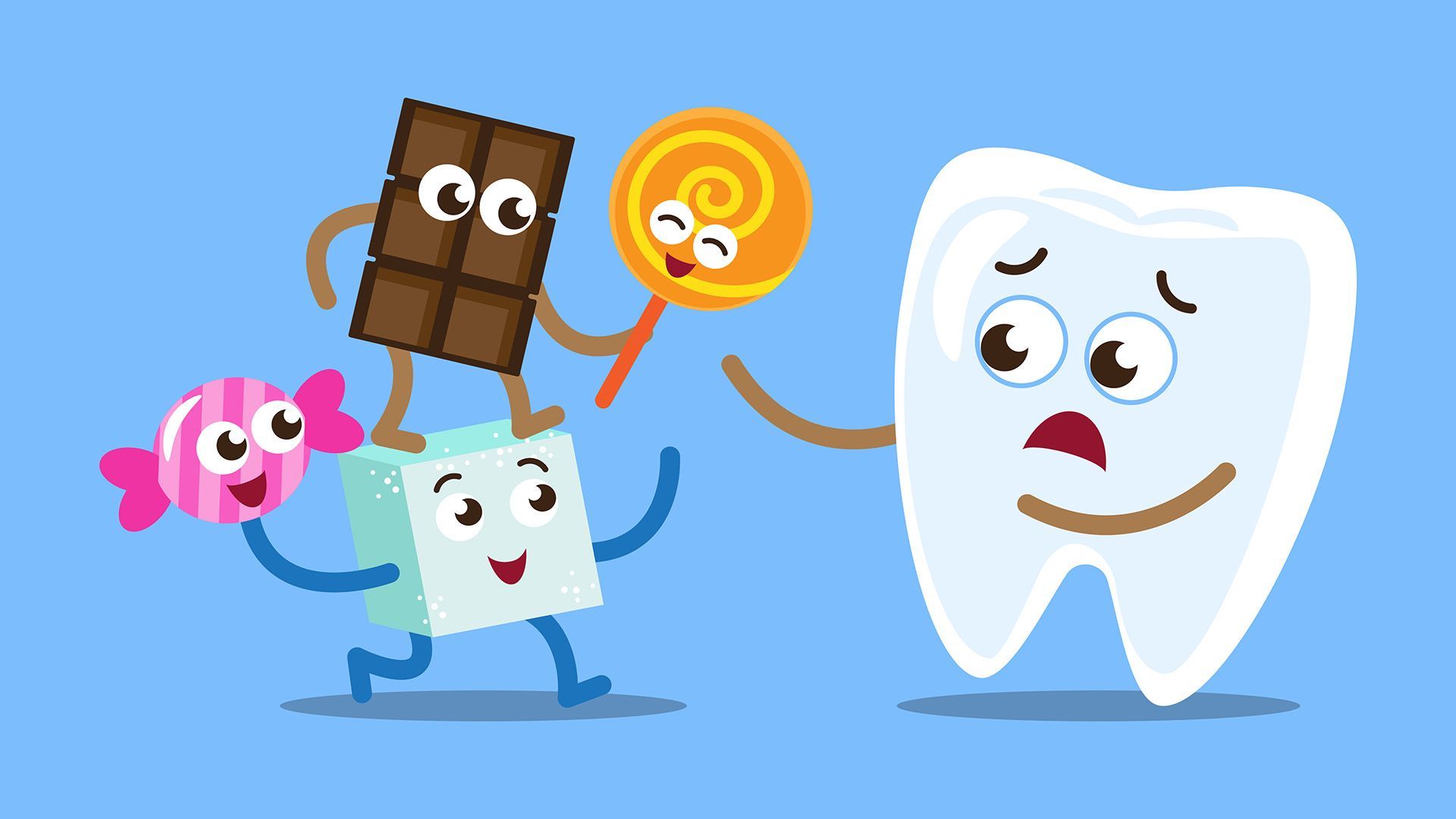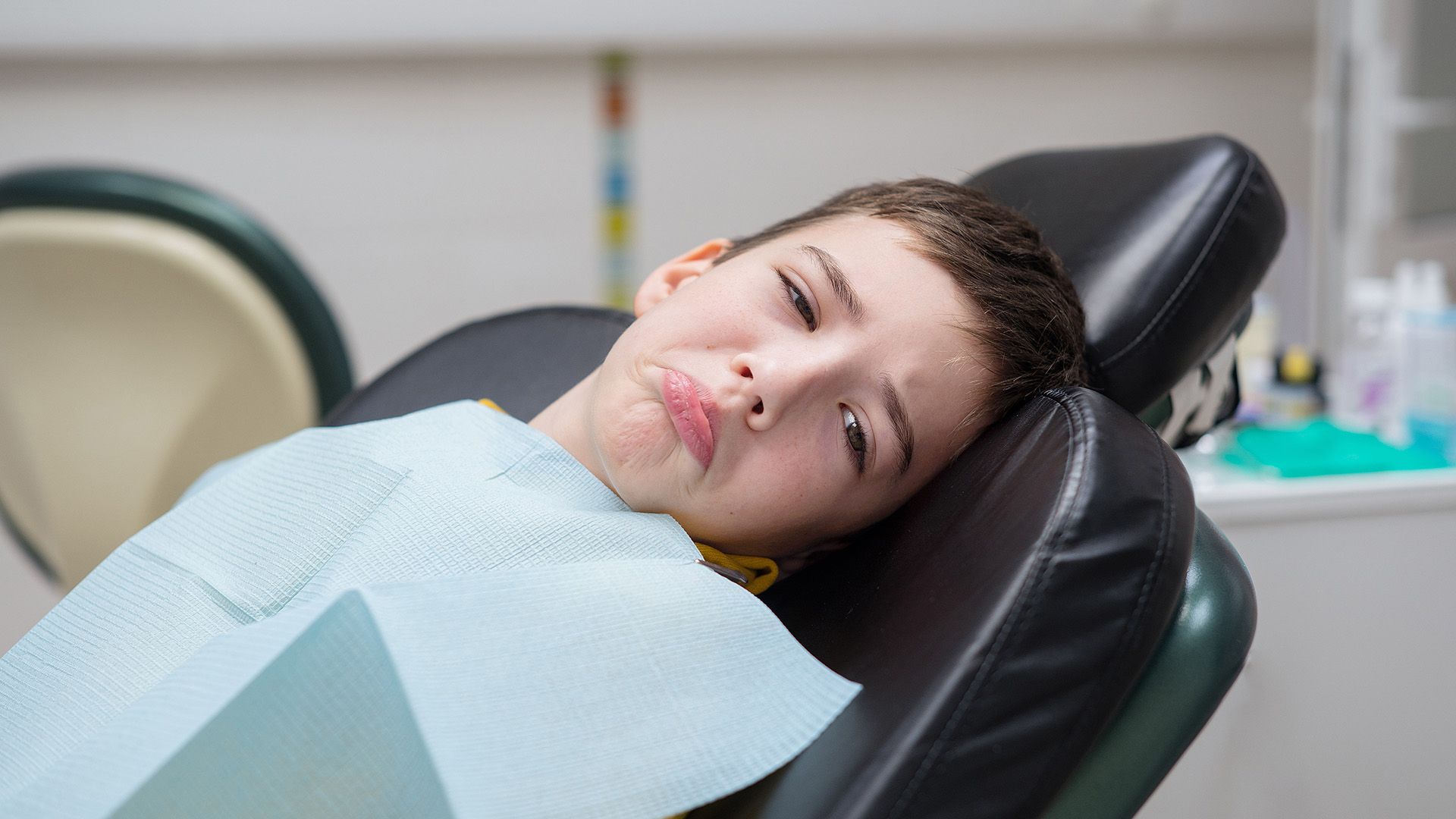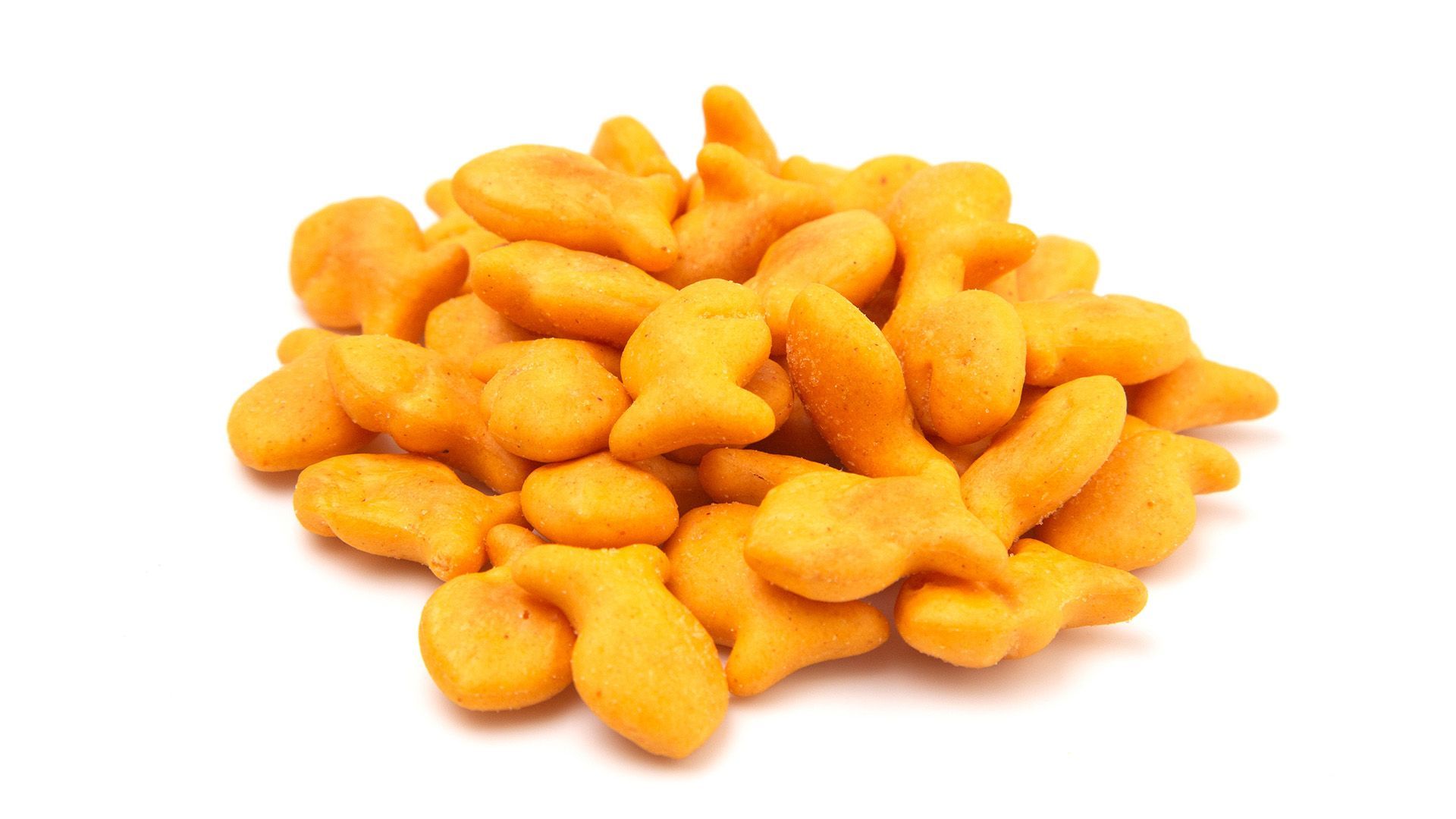How to Teach Your Child to Floss Effectively
Learning how to teach your child to floss effectively is a key aspect of their oral health regimen. Many parents find it challenging to instill this important habit. As a parent, ensuring your child adopts good dental hygiene practices early can help prevent cavities and gum disease. This guide offers practical tips and methods to assist your child in mastering the art of flossing, including techniques for flossing tight teeth. We cover everything from understanding the significance of flossing to knowing the right time to start and exploring age-appropriate techniques. Our comprehensive approach aims to empower you to guide your child toward developing a lifelong habit that supports a healthy, radiant smile.

Why Is Flossing Important for Kids?
Flossing plays a crucial role in maintaining oral health, particularly for children. Its benefits extend beyond achieving a bright smile, as it significantly contributes to preventing cavities and gum disease. As children consume diverse foods, tiny particles can become trapped between their teeth, creating an ideal environment for harmful bacteria. Regular flossing removes this debris and plaque, greatly reducing the risk of cavities and promoting healthier gums.
Establishing good dental habits from a young age is vital for lifelong oral health. Teaching your child how to floss effectively helps them appreciate the importance of dental hygiene and lays the groundwork for positive habits that can last into adulthood. By incorporating flossing into their routine, children learn that oral care involves more than just brushing; it also includes reaching those hard-to-clean areas where toothbrushes fall short.
Moreover, when kids take charge of their oral hygiene, they tend to feel more empowered about their health. Encouraging daily flossing instills a sense of responsibility and ownership over their well-being. This makes it easier for parents to highlight the importance of good dental practices, leading to more positive experiences during dental visits as their oral health improves.
When Should You Start Teaching Your Child to Floss?
Introducing flossing to your child's dental hygiene routine is a critical step in safeguarding their oral health. The American Dental Association advises that children begin flossing when two teeth touch, usually around ages 2 to 3. At this stage, your child's teeth might be close enough to trap food particles, making flossing a necessary addition to their oral care regimen, especially for flossing tight teeth.
To determine when to introduce flossing, observe for readiness signs. If your child can follow simple instructions and can grasp and manipulate objects, they might be ready to learn to floss. Additionally, if your child shows interest in their oral care or mimics your brushing and flossing habits, it’s an opportune moment to start. Making the process engaging can transform it into a fun and educational experience.
Incorporating flossing into daily routines helps your child cultivate healthy habits early. Establish a consistent schedule by selecting a specific time each day for flossing, like after brushing in the evening. You can make it enjoyable by using fun flossing tools designed for kids, implementing a reward system, or turning it into a family activity. By normalizing flossing as part of their daily routine, your child is more likely to embrace this essential dental habit.
Effective Flossing Techniques for Children
Teaching your child to floss effectively is crucial for maintaining their oral health. Begin with a step-by-step guide to proper flossing technique. Take about 18 inches of dental floss, winding it around your child’s middle fingers, leaving a few inches of floss in between. Hold the floss securely between your thumbs and index fingers, guiding it gently between their teeth. Curve the floss into a C-shape against one tooth and slide it up and down, ensuring it goes beneath the gum line. Repeat for each tooth, using a clean section of floss as you progress.
When it comes to flossing tight teeth, consider using fluoridated floss, which can help strengthen tooth enamel while cleaning between teeth. Traditional dental floss offers thorough cleaning, but floss picks can be more convenient for younger children who struggle with handling regular floss. Floss picks come in various shapes and sizes, making them easier to use. Ultimately, the best floss is the one your child will use consistently.
To make flossing enjoyable, incorporate it into a fun routine. You might play their favorite song during flossing or set a timer to make it a friendly competition. Reward consistent flossing with a sticker chart or small rewards. Making flossing a family activity can also encourage them to develop good habits early. Remember, consistent practice will help your child master the art of flossing and contribute to their overall dental health.









